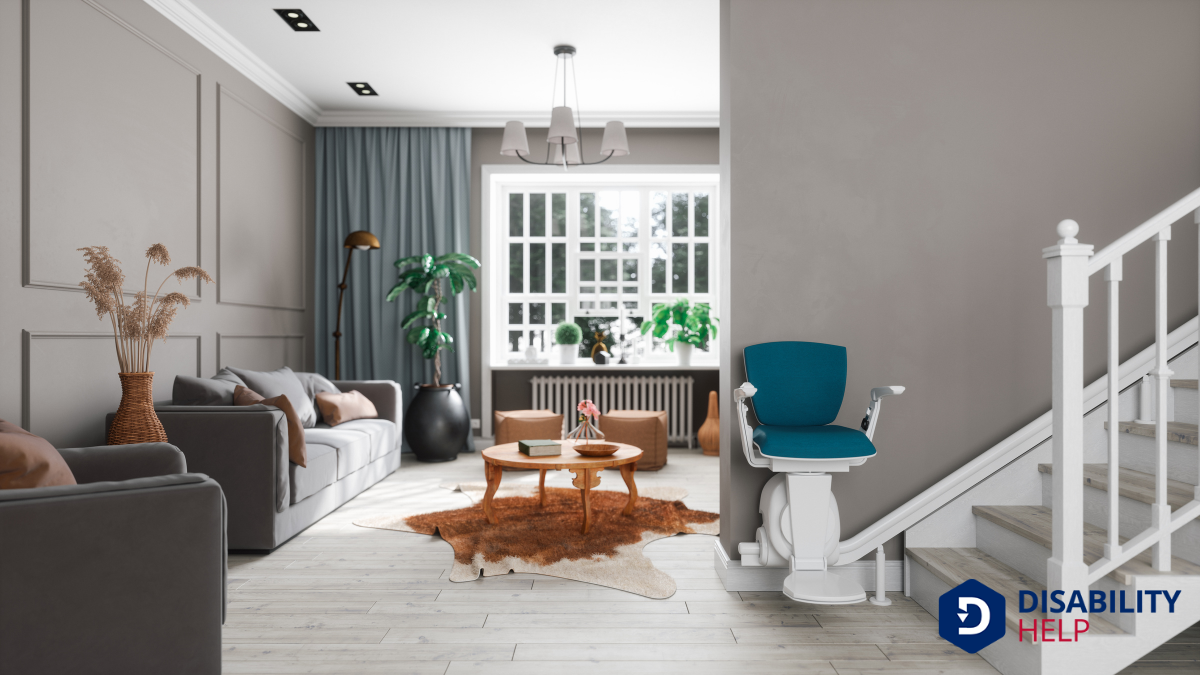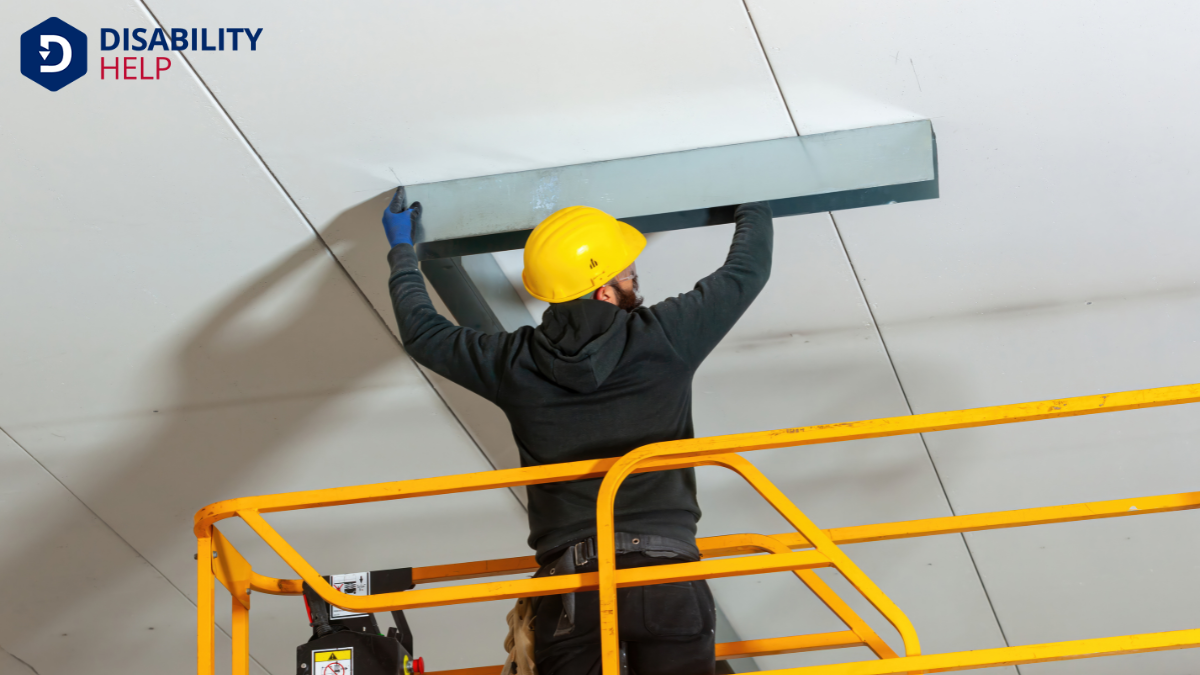When considering solutions for traversing stairs, we often come across terms like stair lift and stair glide. At first glance, they might seem interchangeable, but they cater to different needs and scenarios. Understanding the nuances between these two can help us make informed decisions for our homes. Let's explore how each option operates and discover which might be the best fit for enhancing accessibilityThe design of products, devices, services, or environments to be usable by people with disabilities.... in our living spaces.
Key Takeaways
- Stair lifts feature a motorized chair, while stair glides use a platform or sled mechanism.
- Stair lifts provide a seated, hands-free experience; stair glides require the user to stand.
- Stair lifts offer more safety and stability for individuals with limited mobility.
- Stair glides are generally more space-efficient, suitable for narrow staircases.
- User experience varies significantly between seated rides and standingThe legal right to bring a lawsuit, which requires that the individual bringing the suit has a direc... glides.
Understanding Stair Lifts
When we talk about stair lifts, it’s vital to understand their purpose and function in enhancing mobility at home. Stair lifts help individuals who struggle with stairs due to age, injury, or disability.
They consist of a motorized chair attached to a track, which is installed along the staircase. By effortlessly carrying us up and down, stair lifts provide safety and independence, allowing us to navigate our homes without worry.
We install stair lifts on various types of staircases, whether they’re straight, curved, or even outdoor. They operate with simple controls, usually located on the armrest or via a remote, making them user-friendly.
These devices guarantee we maintain our freedom and dignity, eliminating the physical barriers that stairs can present.
Exploring Stair Glides
Some might wonder what sets stair glides apart from stair lifts. As we explore stair glides, we’ll notice they’re designed to assist those needing a little help moving up and down stairs, but with a distinct approach.
Instead of a seat, stair glides typically involve a track system allowing a user to glide smoothly along the stairs. This feature can be particularly appealing for those who prefer standing or have smaller staircases where space is a concern.
Stair glides can offer a more streamlined, subtle presence in our homes. They often integrate seamlessly with our decor and don’t require bulky equipment.
This makes them a fantastic option for maintaining the aesthetic flow of our living spaces while enhancing accessibility.
Key Differences Between Stair Lifts and Stair Glides

As we've seen, stair glides offer a unique option for traversing stairs, but let's now look at how they compare to stair lifts.
Stair lifts are motor-powered chairs that move along a rail fixed to the staircase, providing a seated ride for users. In contrast, stair glides, often referred to as stair climbers, involve a platform or sled-like mechanism that assists in ascending or descending stairs, usually requiring some manual input.
One of the key differences lies in the user experience—stair lifts provide a seated, hands-free journey, while stair glides might necessitate more active participation.
Additionally, stair lifts are often more suitable for individuals with limited mobility, offering greater safety and stability. Understanding these differences helps us make informed decisions based on personal needs and capabilities.
Benefits of Stair Lifts
Although choosing the right mobility solution can be challenging, stair lifts offer numerous benefits that make them a popular choice for many. They provide a safe and reliable way to navigate stairs, greatly reducing the risk of falls.
With easy-to-use controls, we can operate them smoothly, giving us the independence we cherish. Stair lifts are also customizable, fitting various stair designs, whether straight, curved, or even outdoors.
Installation is usually straightforward and doesn't require structural changes to our home, preserving its integrity. In addition, most stair lifts come with safety features like seatbelts and sensors that detect obstacles.
These features enhance our confidence when using them. Overall, stair lifts improve accessibility, allowing us to move freely and comfortably in our own homes.
Advantages of Stair Glides
While considering mobility solutions, stair glides present several advantages that might suit our needs.
First, they offer a seamless ride along the staircase, providing a smooth shift without the need for a seat. This is particularly beneficial for those of us who prefer standing or have difficulty sitting.
Stair glides typically occupy less space than traditional stair lifts, making them an excellent choice for narrow staircases. They also tend to be more cost-effective, appealing to budget-conscious individuals.
In addition, stair glides are often easier to operate with simple controls, enhancing our convenience and independence. Their sleek design blends well with home décor, ensuring that functionality doesn’t compromise aesthetics.
Installation Considerations

When we consider installing a stair lift or stair glide, we need to assess the space requirements to guarantee a proper fit.
We'll also look at any necessary structural modifications, as these can impact both time and cost.
Finally, let's not forget the electrical needs, which may require additional wiring or outlets.
Space Requirements
Evaluating space requirements is essential when deciding between a stair lift and a stair glide. We need to contemplate the available space on our staircase.
Stair lifts typically require a bit more room due to their chair design, which might extend into the stairway when not in use. They often need at least 28 inches of stair width to operate safely.
On the other hand, stair glides (or platform lifts) are designed to accommodate wheelchairs and consequently demand more space. They often need wider stairs and additional clearance at both landings.
Let’s not forget to measure headroom clearance, especially around tight turns or landings. By evaluating our staircase’s dimensions, we can make a more informed decision that best suits our space and accessibility needs.
Structural Modifications
Installing a stair lift or stair glide involves some structural modifications that we need to contemplate carefully.
First, let's examine the rail system. Both devices use a rail that requires secure attachment to the stair treads or wall. We must guarantee the staircase can support the rail's weight and the user's load. For stair glides, we often need additional bracing or reinforcements, especially on older staircases.
Next, consider the clearance. We'll evaluate the width and curvature of the stairs to guarantee smooth operation and avoid obstruction. If our stairs are narrow or steep, custom solutions might be necessary.
Finally, consider any potential need to remove or alter handrails or other fixtures to accommodate the new system, ensuring safety and accessibility.
Electrical Needs
To guarantee a smooth installation of a stair lift or stair glide, we must carefully consider the electrical needs involved. Both devices require a reliable power source, typically from a dedicated circuit. Confirming the electrical system meets these requirements is essential for safety and performance.
Let’s break down the key considerations:
- Power Source: Confirm the availability of a nearby outlet or plan for professional wiring.
- Voltage Requirements: Check the device's manual for specific voltage needs.
- Backup Battery: Most models include a battery to guarantee operation during power outages.
- Professional Installation: Hiring a qualified electrician can prevent potential issues and guarantee compliance with local codes.
Understanding these electrical needs helps us install stair lifts or glides efficiently and safely, guaranteeing long-term reliability.
Cost Comparison
While both stair lifts and stair glides provide essential mobility solutions for traversing stairs, they differ markedly in cost.
Stair lifts, with their motorized chairs and complex rail systems, generally come with a higher price tag. Installation costs can also add up, especially if the staircase is curved or requires customization.
On the other hand, stair glides, often involving simpler mechanisms like tracks or slides, tend to be more budget-friendly. They’re usually less expensive to install and maintain.
When considering investment, it’s vital for us to weigh not just the initial expense but also the long-term value.
Let’s remember that warranties, maintenance, and potential upgrades can influence overall costs. By understanding these differences, we can make informed decisions that suit our financial and mobility needs.
Choosing the Right Solution for Your Home
After considering the costs of stair lifts and stair glides, it's important to focus on selecting the right solution for our home environment.
We need to evaluate our specific needs and the layout of our space. Are the stairs straight or curved? How wide are they? Understanding these factors will guide us to the best choice.
Let's also consider:
- Mobility needs: Which option will provide the most comfort and ease of use?
- Home aesthetics: Do we prefer a solution that blends seamlessly with our decor?
- Installation requirements: Are there structural modifications needed for either option?
- Long-term use: Which option will be more beneficial as our needs evolve?
Conclusion
In wrapping up, we've explored the ins and outs of stair lifts and stair glides. Both have their unique benefits—stair lifts offer seated comfort and stability, while stair glides are compact and budget-friendly. When deciding between the two, consider your mobility needs, space constraints, and budget. By understanding each option, we can make an informed choice that enhances safety and accessibility, ensuring our home remains welcoming and navigable for everyone.






